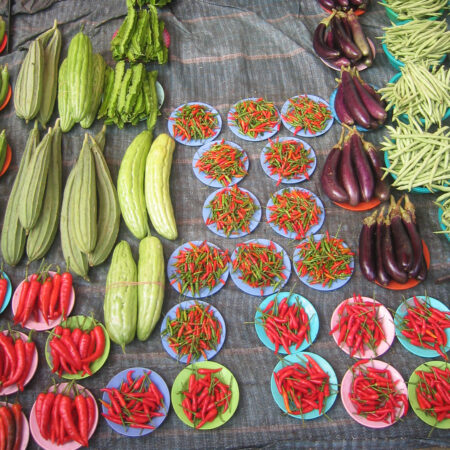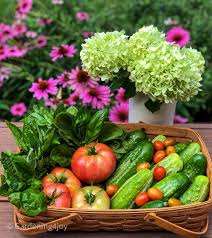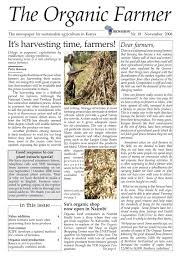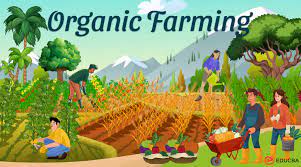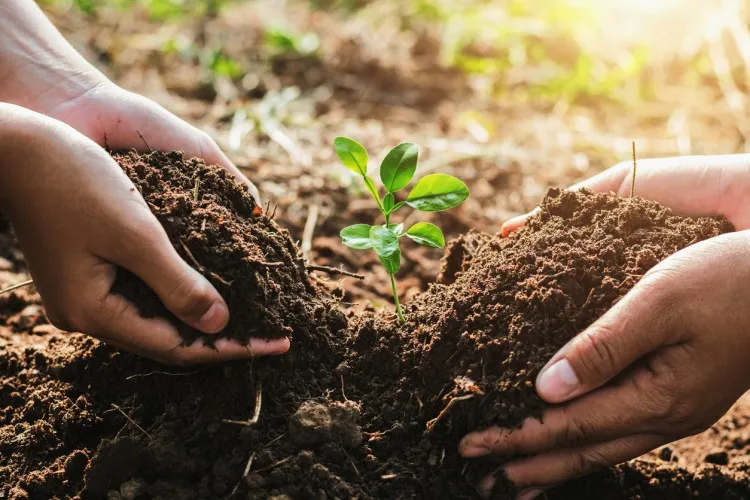
Soil conservation is paramount in maintaining the health and productivity of agricultural lands and ecosystems worldwide. It encompasses a range of practices aimed at preventing soil erosion, improving soil fertility, and sustaining agricultural yields over the long term. Effective soil conservation strategies are essential to mitigate the adverse effects of erosion, degradation, and loss of soil biodiversity.
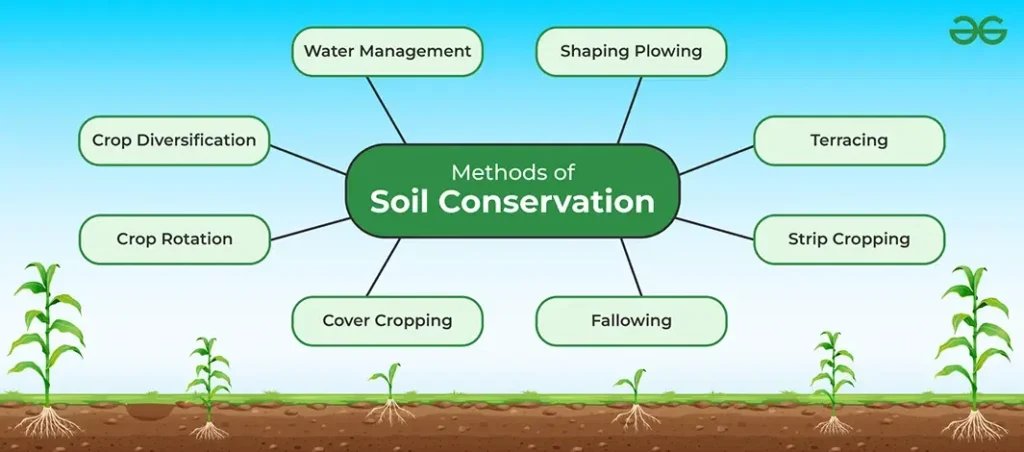
One of the fundamental principles of soil conservation is erosion control. Erosion occurs naturally but can be accelerated by human activities such as intensive agriculture, deforestation, and improper land management practices. Wind and water erosion are two primary types that can strip away fertile topsoil, reducing its ability to support plant growth and ecosystem function. To combat this, farmers employ various techniques such as contour plowing, terracing, and planting windbreaks to stabilize the soil and minimize erosion.
Maintaining soil fertility is another critical aspect of soil conservation. Organic farming practices, such as crop rotation, cover cropping, and composting, help replenish soil nutrients naturally. These methods improve soil structure and increase its water-holding capacity, which reduces the need for synthetic fertilizers and promotes healthier crop growth. By enhancing soil fertility, farmers can sustain agricultural productivity while minimizing environmental impact.
Conservation tillage methods also play a vital role in soil conservation efforts. Unlike conventional tillage, which disturbs the soil structure and increases erosion risk, conservation tillage techniques disturb the soil minimally or not at all. No-till farming, for example, involves planting crops directly into the previous year’s residue without plowing. This practice helps retain soil moisture, reduce erosion, and preserve soil organic matter, thereby improving soil health and biodiversity.
In addition to erosion control and soil fertility management, preserving soil biodiversity is crucial for maintaining ecosystem balance. Soil is home to a diverse community of organisms, including bacteria, fungi, earthworms, and insects, which play vital roles in nutrient cycling, decomposition, and soil structure formation. Protecting soil biodiversity through practices like minimal soil disturbance and maintaining vegetative cover helps sustain these beneficial organisms’ populations, supporting soil health and productivity.
Education and awareness are also integral to successful soil conservation efforts. Farmers, policymakers, and the public need to understand the importance of soil as a finite resource and the impact of their decisions on soil health. Implementing government policies that promote sustainable land use practices, providing incentives for adopting soil conservation techniques, and supporting research into innovative soil management approaches are essential steps toward achieving long-term soil conservation goals.
In conclusion, soil conservation is a multifaceted approach that addresses erosion control, soil fertility, biodiversity preservation, and sustainable land management practices. By implementing effective soil conservation strategies, such as erosion control measures, organic farming practices, conservation tillage methods, and biodiversity preservation efforts, we can protect and enhance soil health for future generations. Promoting awareness and collaboration among farmers, policymakers, and the public is crucial to achieving sustainable agriculture and ensuring the resilience of our ecosystems in the face of global challenges such as climate change and food security concerns.



